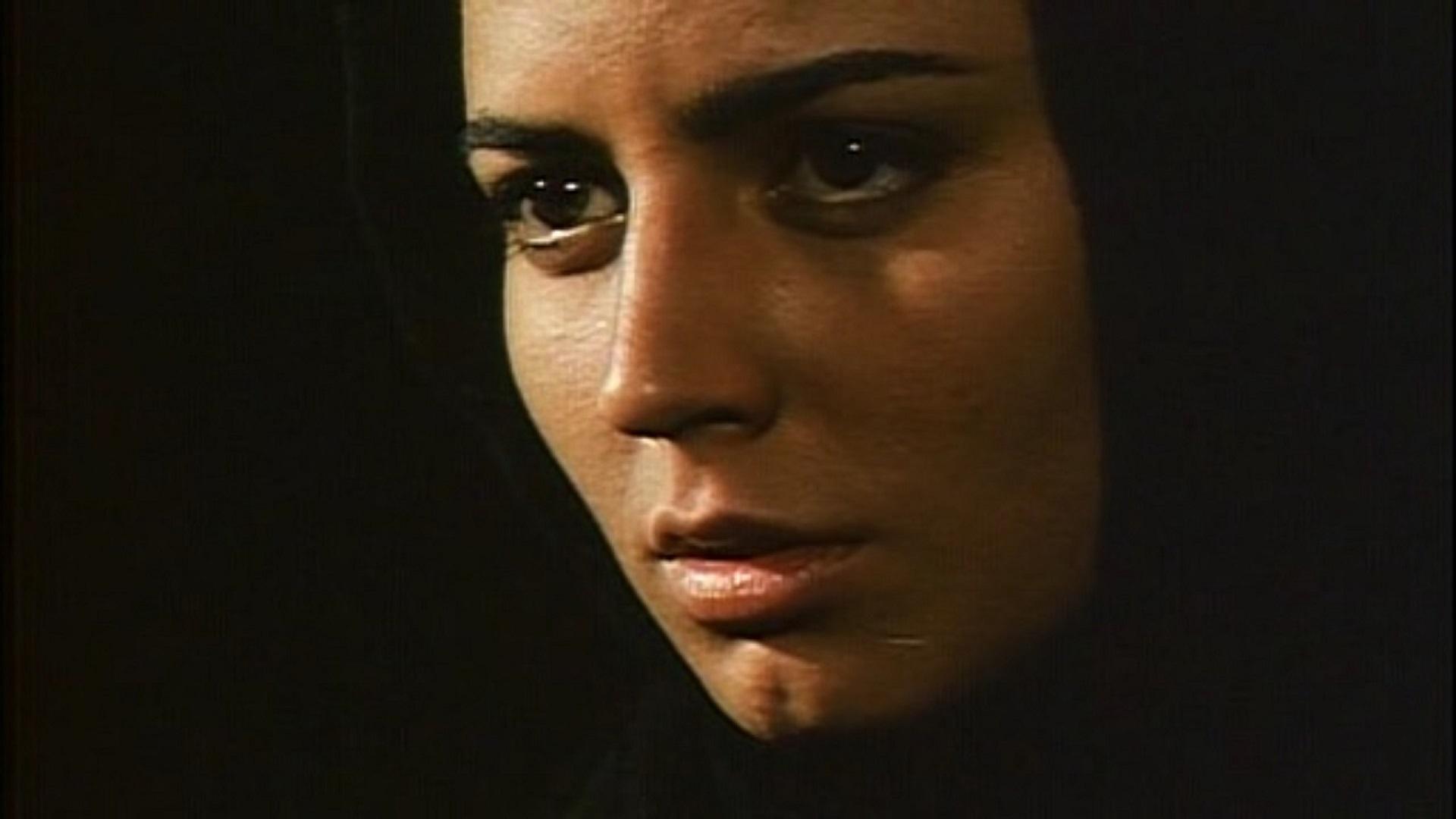

The deliberate lack of perspective enabled the artist to have different plots and sub-plots within the same space of the picture.Ī very popular form of such art was Pardeh-Khani. Persian miniatures are great examples of such attempts. After the Arab invasion and conversion from Zoroastrianism to Islam -a religion in which visual symbols were avoided - Persian art continued its visual practices. We can even see the progenitor of the cinema close-up: a wounded wild pig escaping from the hunting ground (Omid, p.19). Movements and actions are articulated in a sophisticated manner. A bas-relief in Taq-e-Bostan (western Iran) depicts a complex hunting scene. As Honour and Fleming state, “the figures at Persepolis remain bound by the rules of grammar and syntax of visual language” This style of visual representation reached its high peak about a thousand years later during the Sassanian reign. Persepolis was the ritual center of the ancient kingdom of Achaemenids. C) would be one of the earliest examples. If one were to trace the first visual representations in Iranian history, the bas-reliefs in Persepolis (c.500 B. Of Iranian national cinema, with an emphasis on the foundations of filmic The emergence of this new cinema by providing a brief historical background Of nationhood, and manifestation of culture. To this national cinema is its distinct style, themes, authors, idea What has attracted international audiences In recent years, post-revolutionary Iranian cinema has been praised in


 0 kommentar(er)
0 kommentar(er)
